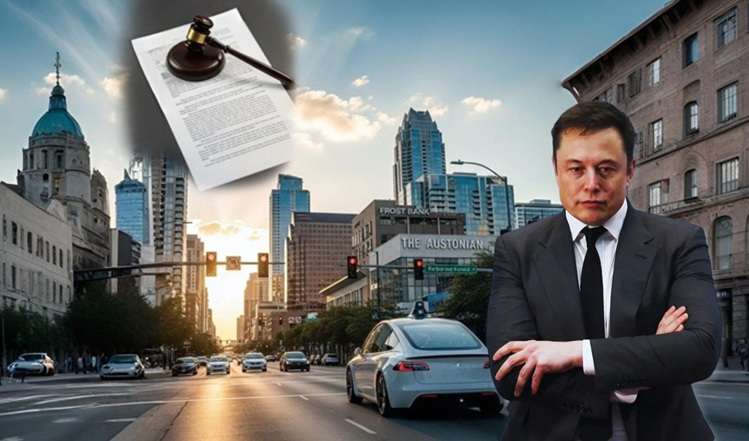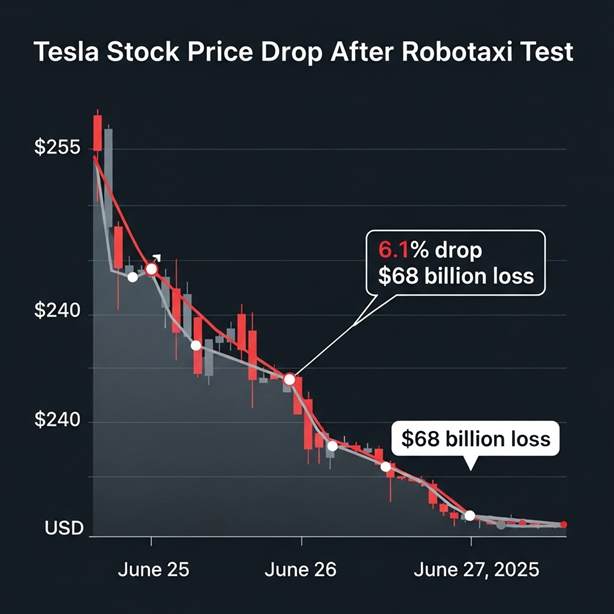Tesla is no stranger to bold promises and headline-grabbing announcements, but the company’s latest move has landed it in hot water with its own shareholders. A new lawsuit filed in federal court accuses Tesla, CEO Elon Musk, and several current and former executives of securities fraud, all centered around the much-hyped launch of Tesla’s Robotaxi service in Austin, Texas.

At the core of the lawsuit is a claim that Tesla and its leadership team misled investors, regulators, and the public about the true state of its self-driving technology—especially the readiness and safety of its Robotaxi fleet. Shareholders allege that Tesla repeatedly overstated how effective and close-to-market its autonomous driving tech really was, all while painting a rosy financial future that may not have been grounded in reality.
The complaint points to several specific statements, including Musk’s bold claim on an April 2025 conference call that Tesla was “laser-focused on bringing robotaxi to Austin in June.” On the same day, Tesla assured the public that its approach would deliver “scalable and safe deployment across diverse geographies and use cases.” According to the lawsuit, these statements were not just optimistic—they were misleading.
The lawsuit’s most damning evidence comes from a public test of Tesla’s Robotaxi service in Austin in late June 2025. According to reports, the test was anything but smooth. Robotaxis were seen speeding, braking suddenly, driving over curbs, entering the wrong lanes, and even dropping passengers in the middle of busy multilane roads—hardly the “safe and scalable” deployment Tesla had promised.
News of the test’s failures quickly spread, and Tesla’s stock price took a hit, dropping 6.1% over two trading days and wiping out about $68 billion in market value. Shareholders argue that this sharp decline was a direct result of the company’s misleading statements and the reality check that followed.
Is This Just Legal Fishing?
Now, let’s be honest—lawsuits that tie stock price drops to executive statements are nothing new in the world of big business. Sometimes, they’re little more than fishing expeditions, hoping to catch a big settlement. But in this case, there’s a real debate to be had about whether Tesla’s Robotaxi launch was more about optics than actual progress.
For years, Tesla has promised fully autonomous, unsupervised self-driving cars for consumers. But as competitors like Waymo roll out real-world autonomous ride-hailing services, Tesla has struggled to deliver on its boldest claims. The pressure to look like a leader in the space is intense, and some critics argue that the Austin Robotaxi launch was more about keeping up appearances than keeping passengers safe.
Safety vs. Hype
Here’s the bottom line: deploying autonomous vehicles isn’t just about being first or making headlines. It’s about safety—period. When a company as influential as Tesla pushes a system that isn’t truly ready for prime time, it’s not just investors who could get hurt. It’s the public, too.
The lawsuit, whether it ultimately succeeds or not, shines a spotlight on the need for transparency and caution in the race to autonomous driving. Investors deserve the truth about what a company can—and can’t—deliver. And the public deserves to know that the cars on their streets are as safe as the companies claim.

For now, the lawsuit is just getting started, and it’s too early to say how it will play out in court. But one thing is clear: Tesla’s Robotaxi rollout has raised serious questions about the company’s priorities and its willingness to balance hype with honesty.
As the competition in autonomous vehicles heats up, Tesla will need to prove that it’s not just playing catch-up with flashy announcements, but actually delivering on the promise of safe, reliable self-driving technology. Investors, regulators, and everyday drivers will all be watching closely. The real test for Tesla isn’t just about stock prices or lawsuits—it’s about trust. And that’s something no company can afford to lose.
Related Post
